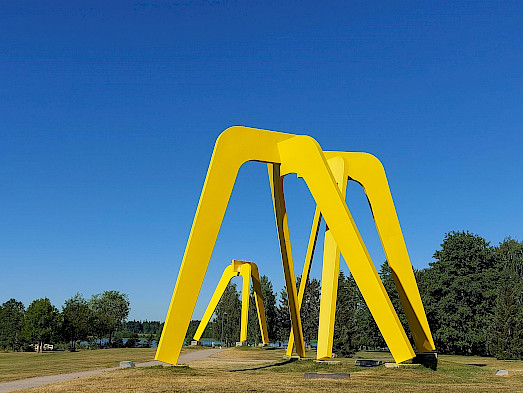Transforming work means changing competence requirements
Published on
In Finland and beyond, the transformation of work is seen as a complex phenomenon. The rate of change varies from industry to industry. Technological development and globalisation play a key role in this transformation. They often also result in increasing inequality among citizens. Without sufficient competences and understanding of the world’s change, citizens’ chances of doing well in studies, working life and leisure time will worsen. In this way, people’s experience of inclusion and belonging to society can fade and their personal resources be reduced. This again may gradually lead to inactivity and increase the risk of exclusion. Needless to say, the feeling of inclusion and experience of belonging strengthen an individual’s resilience, well-being, future belief and ability to function (at work, in studies, hobbies, social relations, …) and run an active and fulfilling life personally and professionally.
During the pandemic, the hybrid reality has challenged the way we perceive work, how we relate to our employers, work communities and professional networks. All this has affected the position of individual employees in working life. The forms and contents of work and employment relationships are becoming more diverse (incl. platform work), especially the time and place-specificity of information work is significantly reducing, the work-life balance is emphasised, and the importance of work as part of high-quality everyday life and well-being at work is increasing. Even though work is getting more digital, and the nature of work is changing, human interaction, empathy skills and social competence will continue to be needed in working life. They essentially support the further development of learning-to-learn skills, professional competences and career management skills.
Digitalisation enables many tasks to be carried out more efficiently, quickly and more easily. When machines and artificial intelligence perform routine tasks, employees can focus on more challenging and versatile jobs. This constantly generates new skills needs in almost all occupational groups. Foresight information prepares for the skills needed by working life in the future and supports the planning of labour market relevant education and training in the event of existing jobs disappearing and completely new jobs emerging. The transformation of working life is therefore largely about the transformation of competences as well as how to make human skills, technology and intelligent machines work together in an optimal way.
The transformation of work means higher skills requirements for employees, as well as continuous upskilling to manage the latest technologies and digital trends. Those involved in working life must be prepared and willing to continuously learn new things. Expanding and deepening one’s own skills is the responsibility of every worker/employee more than before. In addition to an individual’s own motivation, support from the work community and employer is also needed. In the future, the education and training system must be able to respond to skills development needs in a more flexible, accurate, tailored and timely manner. Similarly, society must ensure sufficient conditions for developing skills even for those of working age who, for various reasons, are out of working life.


